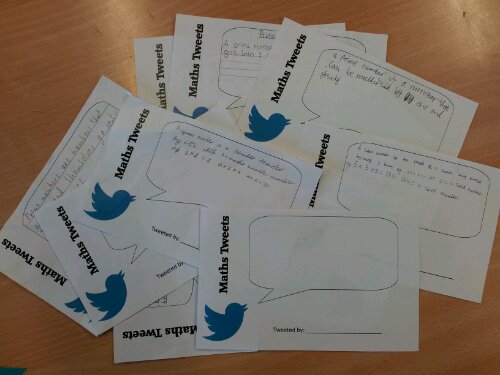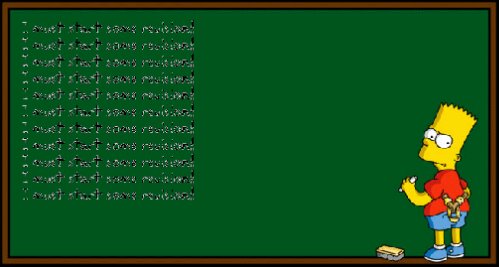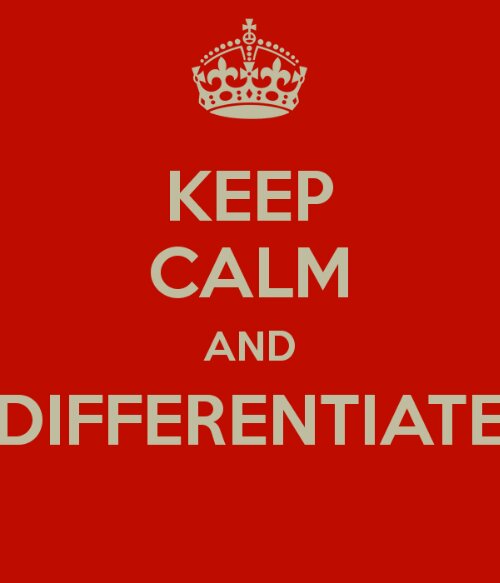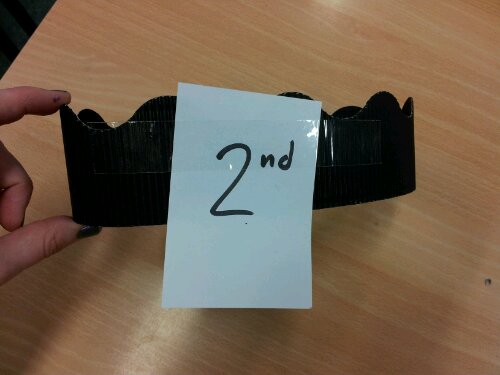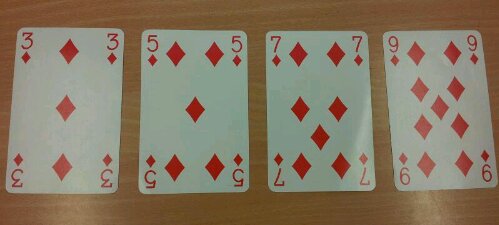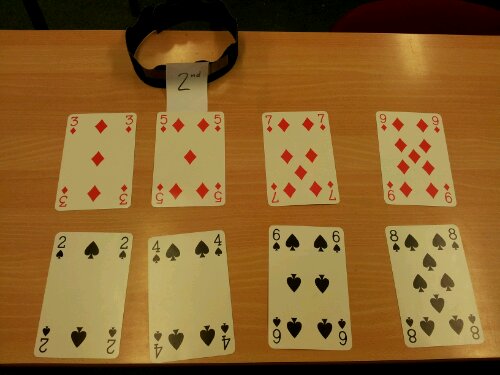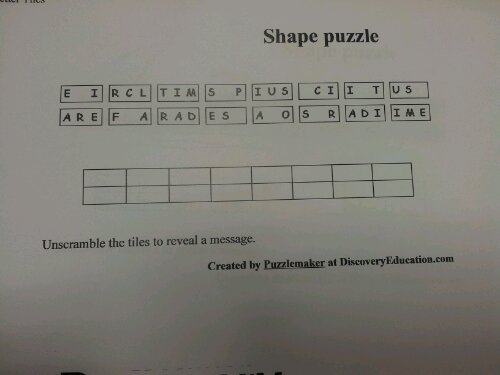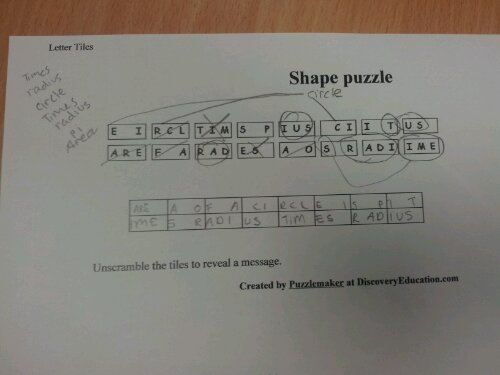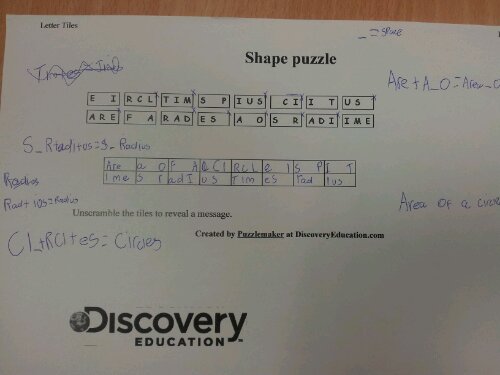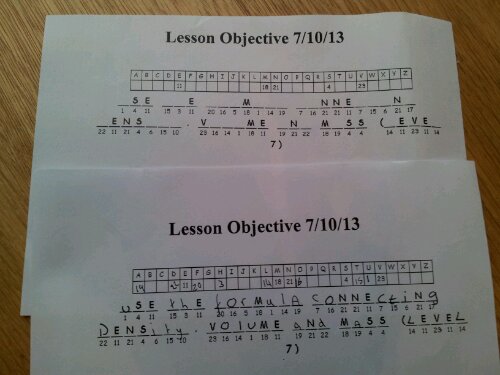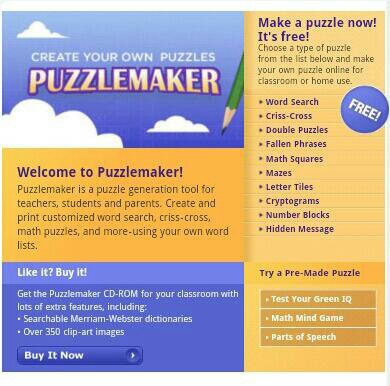So many people have the preconcieved notion that there is only one right answer to a maths question. This is such a silly idea – they just haven’t had the right question!
Here is a simple starter for introducing term to term sequences.
Equipment
Classroom whiteboard or large sheets of paper
Imagination
Task
Write down the next three terms in the sequence 1, 2 … and the rule used.
Eg: 1, 2, 3, 4, 5, … Add 1
Note: Rules should be one short sentence.
Outcome
My Year 7 were frustrated that I’d given them the obvious answer and was asking for more. After a few minutes adjusting their expectations, they went for it. Some methodically wrote down rules, some abbreviated rules to symbols, some wrote rules and didn’t check them. Some didn’t write rules at all.
I randomly picked pupils to share their ideas on the board. I did the writing as I wanted to control the wording of rules and half of them can’t reach the top of the board.
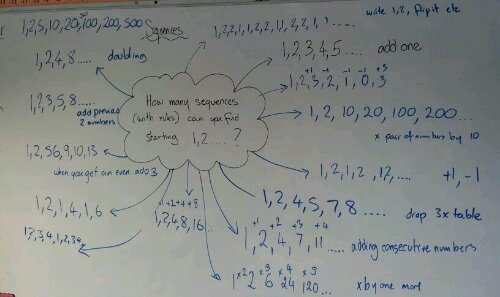
Their sequences were brilliant and very creative. The stumbling block was the rules. They didn’t always work for every term of the sequence. This gave other pupils the opportunity to develop their ideas by improving or adjusting the rules to fit the sequences. We also discussed how many terms you need to make a unique sequence. By the end of the discussion we only had one sequence without a rule. I was really impressed by their numerical skills!
In the subsequent classwork, their solutions were precise and well explained.
We finished with this brain teaser:
1,2,5,10,20,50,100 …
It’s UK currency:
1p,2p,5p,10p … etc
Like this:
Like Loading...



